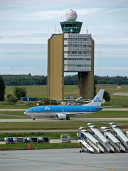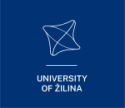
Conference Location
|
|
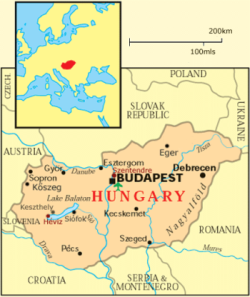
|
History
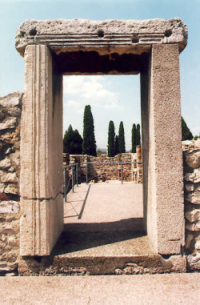
|
The first settlement on the territory of Budapest was Ak-Ink (English: Abundant Water) built by Celts before 1 AD. It was later occupied by the Romans. The Roman settlement - Aquincum - became the main city of Lower Pannonia in 106 AD. The Romans constructed roads, amphitheaters, baths and houses with heated floors in this fortified military camp |
|
The peace treaty of 829 added Panonia to Bulgaria due to the victory of Bulgarian army of Omurtag over Holy Roman Empire of Louis the Pious. Budapest arose out of two Bulgarian military frontier fortresses Buda and Pest, situated on the two banks of Danube. Hungarians led by Árpád settled in the territory at the end of the 9th century, and a century later officially founded the Kingdom of Hungary. Research places the probable residence of the Árpáds an early place of central power near what became Budapest. The Tatar invasion in the 13th century quickly proved that defence is difficult on a plain. King Béla IV of Hungary therefore ordered the construction of reinforced stone walls around the towns and set his own royal palace on the top of the protecting hills of Buda. In 1361 it became the capital of Hungary. |
|
|
The cultural role of Buda was particularly significant during the reign of Matthias Corvinus of Hungary. The Italian Renaissance had a great influence on the city. His library, the Bibliotheca Corviniana, was Europe's greatest collection of historical chronicles and philosophic and scientific works in the 15th century, and second only in size to the Vatican Library. After the foundation of the first Hungarian university in Pécs in 1367 the second one was established in Óbuda in 1395. The first Hungarian book was printed in Buda in 1473. |
The Ottomans pillaged Buda in 1526, besieged it in 1529, and finally occupied it in 1541. The Turkish occupation lasted for more than 140 years. The Turks constructed some fine bathing facilities here. The unoccupied western part of the country became part of the Habsburg Empire as Royal Hungary. In 1686, two years after the unsuccessful siege of Buda, a renewed campaign was started to enter the Hungarian capital. This time, the Holy League's army was twice as large, containing over 74,000 men, including German, Croat, Dutch, Hungarian, English, Spanish, Czech, Italian, French, Burgundian, Danish and Swedish soldiers, along with other Europeans as volunteers, artilleryman, and officers, the Christian forces reconquered Buda, and in the next few years, all of the former Hungarian lands, except areas near Timişoara (Temesvár), were taken from the Turks. In the 1699 Treaty of Karlowitz these territorial changes were officially recognized, and in 1718 the entire Kingdom of Hungary was removed from Ottoman rule.
The city was destroyed during the battle. Hungary was then incorporated into the Habsburg Empire. The nineteenth century was dominated by the Hungarians' struggle for independence and modernization. The national insurrection against the Habsburgs began in the Hungarian capital in 1848 and was defeated a little more than a year later.
In 1944, towards the end of World War II, Budapest was partly destroyed by British and American air raids. From 24 December 1944 to 13 February 1945, the city was besieged during the Battle of Budapest. Budapest suffered major damage caused by the attacking Soviet troops and the defending German and Hungarian troops. All bridges were destroyed by the Germans. More than 38,000 civilians lost their lives during the conflict.
Between 20% and 40% of Greater Budapest's 250,000 Jewish inhabitants died through Nazi and Arrow Cross Party genocide during 1944 and early 1945. Despite this, modern day Budapest has the highest number of Jewish citizens per capita of any European city.
In 1949, Hungary was declared a communist People's Republic. The new Communist government considered the buildings like the Buda Castle symbols of the former regime, and during the 1950s the palace was gutted and all the interiors were destroyed.
In 1956, peaceful demonstrations in Budapest led to the outbreak of the Hungarian Revolution. The Leadership collapsed after mass demonstrations began on 23 October, but Soviet tanks entered Budapest to crush the revolt. Fighting continued until early November, leaving more than 3000 dead.
Parts of this text were copied from 
Conference Venue

|
The conference itself will be held at the A map of the hotel surroundings is linked here. |
Getting to Budapest and the Ramada Plaza Hotel
By Plane |
Budapest Ferihegy International Airport, which has 3 passenger terminals: Ferihegy 1, which tends to serve the many discount airlines now flying to and from Budapest, Ferihegy 2/A and Ferihegy 2/B. Terminal 3 is planned to be built. The airport is located to the east of the centre in the XVIII. district in Pestszentlőrinc. There is an airport minibus service (www.airportshuttle.hu) to any address in Budapest. Since July of 2007 passengers can easily reach Ferihegy Terminal 1 from the Western Railway Station in Budapest. On weekdays 51 and at weekends 38 trains ease the travelling from the city center to the airport within less than half an hour for 300 HUF. There are 60 trains on weekdays and 45 at weekends from the airport to the city center. Arriving travellers can buy their tickets at Tourinform at Terminal 1 from 09.00 to 22.00 or at platform B at the railway station from the ticket vending machine. The two platforms of the railway station are connected to the Airport Terminal with a pedestrian footbridge equipped with lifts above the clearway. A short pedestrian path of just 200 meters takes the passengers from the terminal to the railway station.
Travellers who would like to get to 2A or 2B terminals can travel by bus 200E from there. |
By Train |
When arriving in Budapest by train it will either be at Keleti (eastern), Nyugati (westbound), and Déli (southbound) station. For information on train services go to the Hungarian Railways Website. Around the city of Budapest you can also take the local railway or HEV. |
By Metro and Tram |
The Budapest Metro, one of the oldest in the world, consists of three lines, each designated by a number and a colour. Metro Line 4 is currently under construction; the first section is to begin operation in 2011. A fifth line has also been included in medium to long-term plans. You can download a metro map here or view one here. Budapest's tram network is extensive, and reliable despite poor track infrastructure and an ageing fleet. Routes 4 and 6 combined form the busiest traditional city tram line in the world running at 60 to 90 second intervals at peak time and 3–4 minutes off-peak. Day services operate from 4:30 a.m. until 11:30 p.m. each day. Night traffic has a reduced overnight service. With public transportation: take the bus nr93 or nr200E to Kőbánya-Kispest (metro line 3). Take the metro till Árpád Bridge station than take the tram nr1 direction to Buda till the other side of the bridge (Szt. Lélek tér). |
By Bus |
With public transportation: take the bus nr93 or nr200E to Kőbánya-Kispest (metro line 3). Take the metro till Árpád Bridge station than take the tram nr1 direction to Buda till the other side of the bridge (Szt. Lélek tér) |
By Taxi
|
You can also take a taxi from the airport. Fare information can be found here. You can download a map of the zoning taxi charges here. |
By Car
|
Budapest Ferihegy Airport (BUD): 22 kilometers (14 miles) from the destination which takes approximate 30 minutes by car. Driving directions: From the airport head for Ulloi Street, go to Hungária Boulevard and then Károly Boulevard, then across the Árpád Bridge and the hotel is on the left hand side. |
Budapest Map

Click on the above map to enlarge


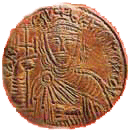
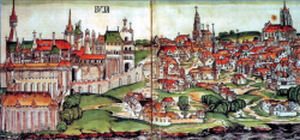
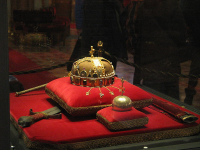
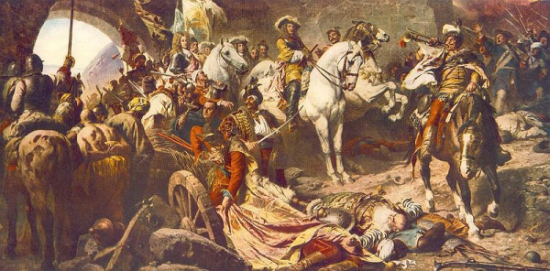
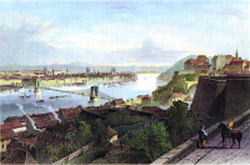
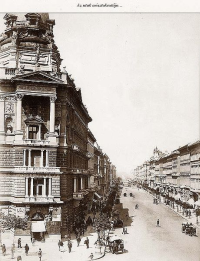

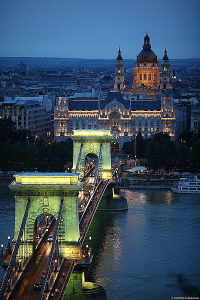
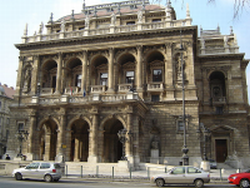
 Tel: (36-1) 436-4100
Tel: (36-1) 436-4100 Fax: (36-1) 436-4156
Fax: (36-1) 436-4156 E-mail:
E-mail: 
